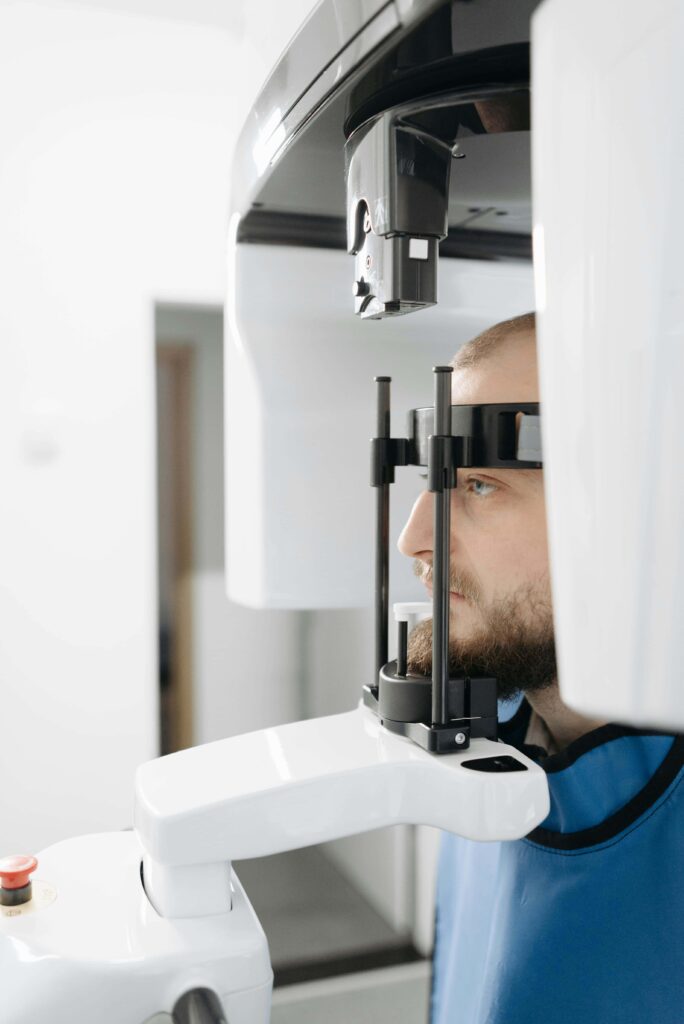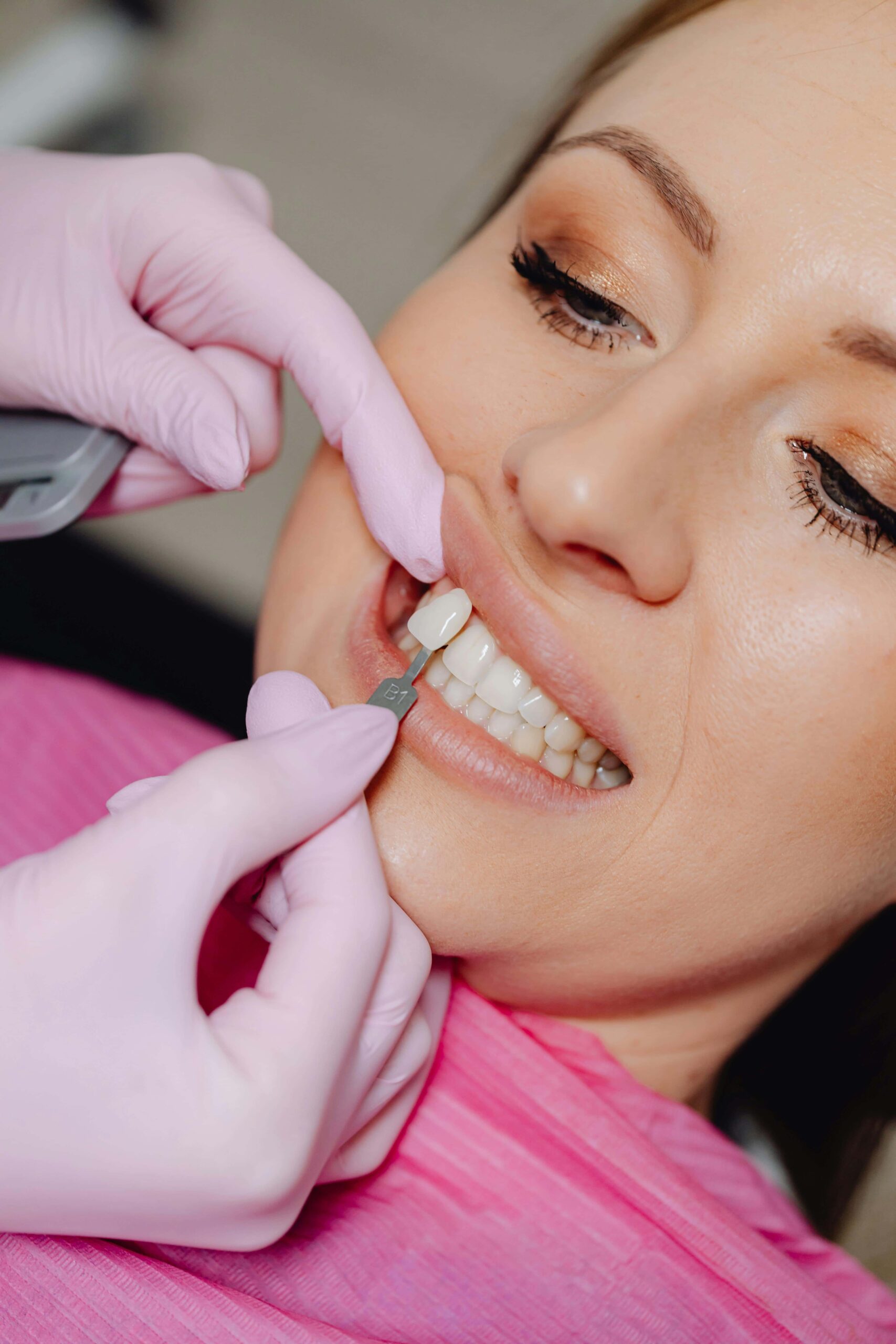If you’ve spotted white spots or lines on your teeth, you’re not alone. White spots on teeth are a common concern for parents, orthodontic patients, and adults alike. These blemishes can appear for several reasons, from oral hygiene issues to underlying enamel problems.
Fortunately, knowing what causes them and how to prevent or treat them can help you maintain a confident and healthy smile.
At Scaffidi Orthodontics, we’re committed to helping you achieve a bright, beautiful smile. Here’s everything you need to know about white spots and how you can avoid them during your orthodontic care.
What Are White Spots on Teeth?
White spots on teeth are areas of enamel that have become demineralized. This happens when plaque and bacteria erode the minerals on the tooth’s surface, leaving behind visible patches that appear lighter than the surrounding enamel.
These spots can occur in both children and adults, often on the front teeth where they’re most noticeable.
Common Causes of White Spots:
- Poor Oral Hygiene: Accumulation of plaque and bacteria from ineffective brushing or flossing.
- Orthodontic Appliances: Braces and retainers can make it harder to clean certain areas, leading to plaque buildup.
- Nutritional Deficiencies: A lack of calcium, fluoride, or certain essential vitamins can weaken tooth enamel.
- Fluorosis: Overexposure to fluoride during early childhood can sometimes leave white streaks on teeth.
- Acidic Foods and Drinks: High consumption of acidic beverages or sugary snacks can damage enamel, increasing the likelihood of white spots.
The Role of Oral Hygiene in Preventing White Spots
Achieving and maintaining good oral care is the best way to avoid white spots and white lines in your teeth.
Brushing at least twice a day with fluoride toothpaste and using floss helps remove plaque and food particles that can erode enamel.
For orthodontic patients, maintaining oral hygiene is especially crucial. Braces and clear aligners can trap food particles, making your teeth more susceptible to issues like white spots if not cleaned thoroughly.
Prevention Tips for Orthodontics Patients:
- Use an orthodontic toothbrush to clean hard-to-reach areas around brackets and wires.
- Invest in an air flosser or water flosser to deep clean between your teeth and braces.
- Try fluoride mouthwashes for extra enamel protection.

How Orthodontic Treatments Can Impact White Spots
Orthodontics, like braces and clear aligners, makes it easier to achieve the straight, beautiful smile you’re after. However, improper oral care during orthodontic treatment can lead to white spots forming around the brackets or near the edges of your aligners.
Early Signs to Watch For:
- White lines or streaks around brackets or near the gum line.
- Increased tooth sensitivity.
- White spots on the front of your adult teeth.
If recognized early, white spots can be prevented from worsening with diligent oral care and, in some cases, professional treatments.
Tips for Maintaining Oral Hygiene During Orthodontic Care
The key to avoiding white spots during orthodontic treatment is staying on top of your oral hygiene routine.
Here’s how you can best care for your teeth while wearing braces or aligners:
- Brush after Every Meal: Keep a travel toothbrush and toothpaste handy to clean your teeth and braces after eating.
- Use Interdental Brushes: These are great for cleaning between brackets, wires, and other hard-to-reach spaces.
- Monitor Your Diet: Avoid sugary or acidic foods and drinks, which can weaken enamel and contribute to plaque buildup.
- Rinse with Mouthwash: Fluoride-based mouthwashes reinforce enamel and can help mitigate the effects of bacteria.
- Visit Your Orthodontist Regularly: Routine orthodontic checkups at Scaffidi Orthodontics ensure that your teeth stay healthy throughout your treatment. Ask about fluoride treatments or other options to strengthen your enamel.

FAQs About White Spots on Teeth
Q: Can white spots on teeth be treated?
A: Yes! White spots caused by demineralization can often be treated with fluoride applications, remineralizing toothpaste, or, in severe cases, professional treatments like microabrasion or veneers.
Q: Can adults get white spots on front teeth?
A: Yes, white spots on front teeth aren’t limited to children. Poor hygiene, diet, or orthodontic appliances can lead to their appearance in adults.
Q: Will braces leave permanent white marks on my teeth?
A: White spots from braces are often a sign of poor hygiene. However, with proper care and early orthodontic care intervention, they can usually be treated or minimized.
Q: Can clear aligners cause white spots?
A: Although clear aligners aren’t fixed to the teeth like braces, failing to clean them properly or leaving them in for extended periods without cleaning can also lead to white spots.
Stay Confident, Stay Consistent
White spots on teeth may seem scary, but with the right approach, they are preventable and treatable. Whether you’re in braces, wearing clear aligners, or navigating life post-treatment, investing in the health of your smile will always pay off.
At Scaffidi Orthodontics, we’re here to support your oral health every step of the way. Book a free consultation with us today to learn more about protecting your teeth and keeping your smile bright
